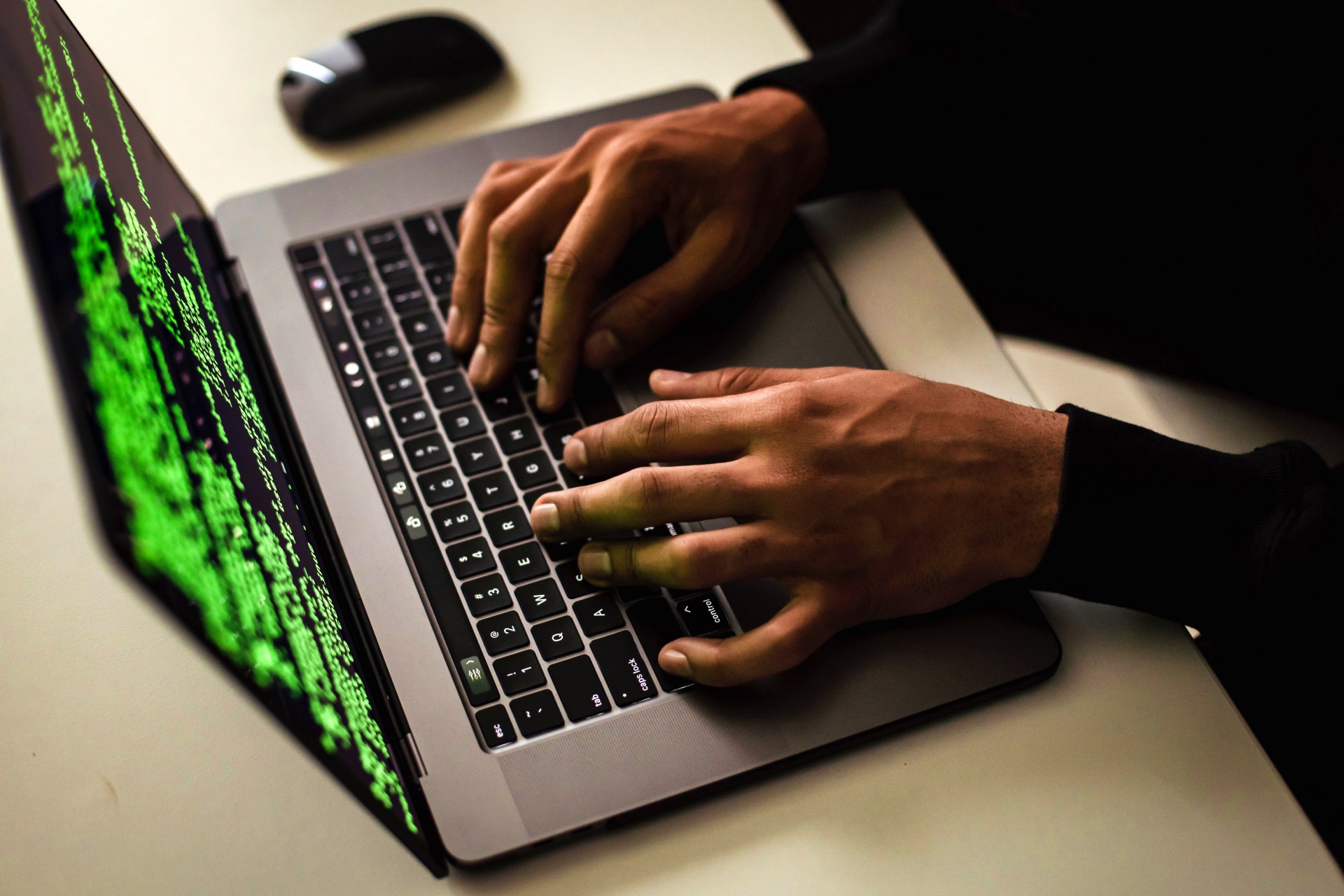We’re all aware of the dangers posed by cybersecurity threats. Without exception, we all want to protect ourselves. Not all of us know how.
There are those who wish to take advantage of any and every vulnerability. However, according to a recent survey of business owners and independent insurance agents in the United States, many businesses are simply not taking the necessary steps to protect themselves and their assets.
This is bad news. It should give all SMB participants nightmares. Because a breach in one company can lead to a domino effect. More companies can fall within a matter of hours.
Some also seem to be attempting to persuade themselves that they are invulnerable, even though they are aware that they should be doing more.
The news has been full of small business technology and security trends this year. Following cybersecurity industry trends, knowing how hackers infiltrate networks, and taking the necessary safeguards to keep them out are important parts of defending your organization.
The following are the top cybersecurity trends to watch in the New Year.
1. Implementation of multi-factor authentication.
Multi-factor authentication is a method in which users must authenticate their identity by using two or more different devices at the same time.
Example: When trying to log into a program, users may input their password on their computer’s browser and then get a code on their cellphone, which they must enter on the computer once more to be successful. It increases the security of logins by certifying that the user is who they claim to be in at least two locations.
Businesses may utilize a variety of third-party programs. To incorporate multi-factor authentication into their systems. If you market to clients who use applications such as Facebook, Robinhood, and Netflix, you may discover that they are already acquainted with the process. This is because prominent apps such as these already employ the method.
While many firms still consider multi-factor authentication to be optional, others are using multi-factor authentication systems as an extra layer of protection against a cyber attack.
2. Increased cyber-threats to remote employees as a result of technological business advancements.
In the opinion of cyber security experts, the transition to remote or hybrid work that has been prompted by COVID-19 has placed workers at greater risk of cybersecurity attacks.
In addition, when individuals bring their personal networks and devices into the workplace, they become more vulnerable to phishing emails and ransomware assaults. Their preparation is lacking. They don’t have the security protections that a company would put in place on its internal systems.
Your workers will benefit from having better security measures installed on their cloud-based apps, home devices, and home networks if you provide them with tools and training.
Find out more about the best practices for cybersecurity training. Consult in-house or get a professional consultant. Don’t rely on your Uncle Fred or some online website!
3. Attacks against cloud-based computing business services.
According to a survey by Northeastern University, cloud-based computing services have grown in popularity in recent years, and businesses are using them more than ever across a growing number of international employees.
They make it simple for workers to access the resources they need to be successful from any location, and they are both accessible and reasonably priced to host and maintain. The downside is that they are a great target for cyber-attacks, as well.
As a precaution, make sure that your cloud-based systems are up to date. You should also run breach and attack simulations to identify any security system flaws.
4. Simulation of a breach and an assault.
When there is illegal tampering with your technological systems, this is referred to as a cybersecurity breach.
Test your system frequently with BAS. These breach and attack simulations (BAS) are crucial. Even for the smallest business. They help you discover the most vulnerable parts of your cyberinfrastructure. Once discovered, they can be quickly strengthened.
Implementing BAS may assist you in identifying and eliminating vulnerabilities in a timely manner.
Learn more about the ramifications of a data breach on your company. Do some simulations at the beginning of the New Year.
5. Managing the use of technology and gadgets.
For the purposes of this definition, the Internet of Things (IoT) is a structure of physical things. These devices contain sensors, automation, and other software technology in order to communicate and exchange data with other devices and systems through the internet.
The term encompasses anything from linked equipment on the factory floor to smart home items and automation technologies. It’s swiftly encircling us and shows no signs of slowing down any time soon.
Begin to incorporate artificial intelligence and smart technology into your organization. Develop an enterprise-wide plan to detect and manage every connected machine.
This is critical to maintaining the security of your network and data. Don’t put off the hard work, because the payoff can be significant.

